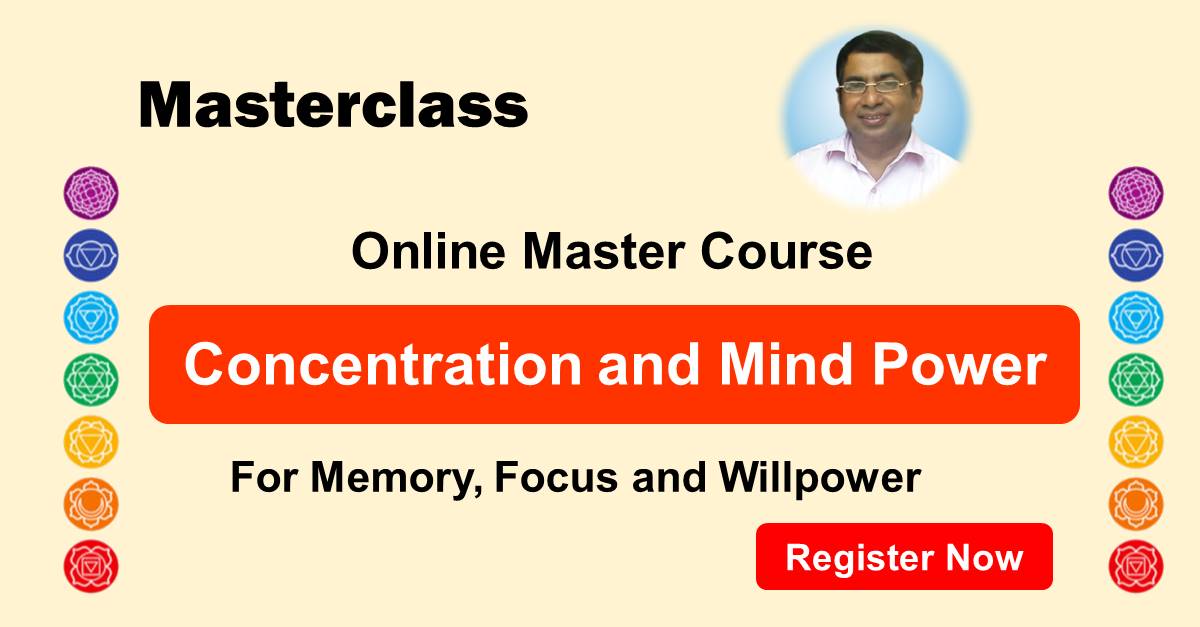Concentration and Mind Power Master Course
Enhance your concentration and mindpower capabilities and apply those skills in your daily life.
This 10-week course is designed to improve your concentration, focus, quick decision-making power, judgmental power, emotional intelligence, mind power, and willpower.
Sharp concentration is essential for every kind of success. The course focuses on improving your whole-brain synchronization, and mind power. It is done by using various ancient techniques like meditations, affirmations, mantra chanting, mind-body connections, sacred color and geometry meditation, yoga exercises, breathing and relaxation techniques, concentration on simple yantras and symmetrical structures, and 21 chakra balancing.
Concentration and Mind Power Master Course
Ten-Weeks Online Course
Sri Amit Ray Meditation Center
In this 10-weeks mantra-based attention and concentration development course, you will learn techniques to improve mental skills, emotional intelligence, concentration, and focus.
When you concentrate your thoughts, you conserve your energy and do not waste it on meaningless thoughts, emotions, or activities, and you achieve success in every endeavor of life. Thus, anyone who wants to be more efficient and successful in life needs to work on their concentration, focus, and mindpower skills.
Mind power is one of the strongest and most effective powers for your growth, and success. The course is for anyone who is interested to improve mind power, memory, and concentration for success.… Read more..
